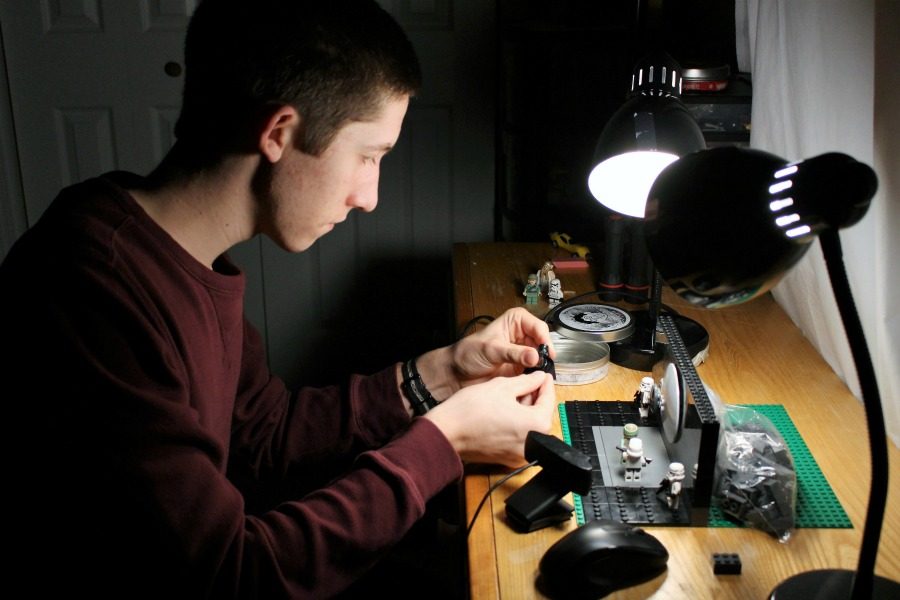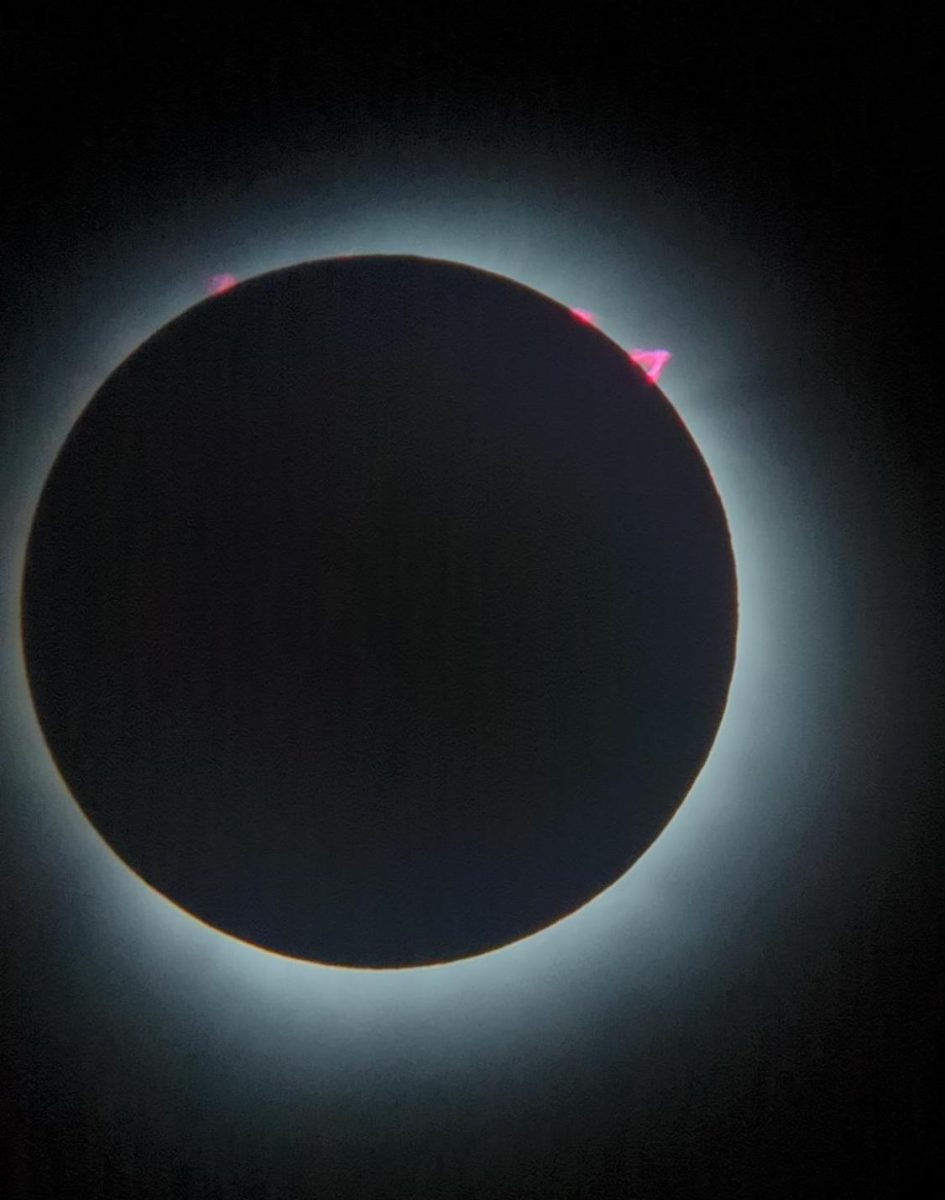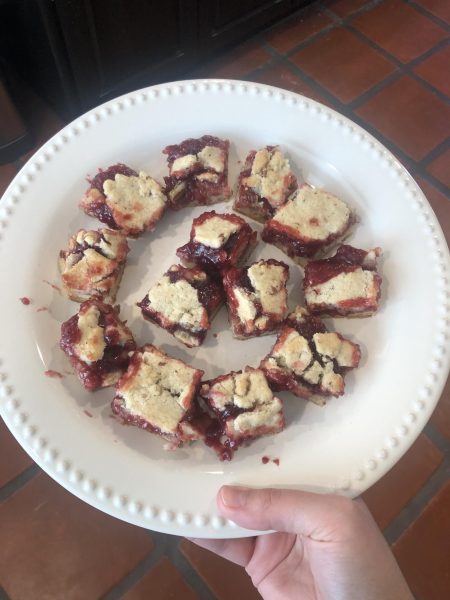Lego Stop Motion Animations! – Part 1
See how MODG students make these movies!
November 2, 2016
Stop motion animation has been around for almost a century. This amazingly detailed style of animation is done by manipulating objects and taking pictures of each movement; and completed by editing the pictures together, to create seamless movement.
VOX interviewed MODG student Robert Santine, a stop motion animator who uses LEGOS for his videos, and asked him a few questions about the world of LEGO stop motion animation!
What grade are you?
I am currently in eleventh grade.
Why did you start doing this?
I started stop motion animation for a couple of reasons. First, a while back, I got a book put out by Klutz that demonstrated different filming techniques that had interesting effects. One thing they mentioned was stop motion animation. My main inspiration for starting Lego animation was when a friend told me about the animator BrotherhoodWorkshop. I was really impressed by his films and wanted to make videos like that on my own.
When did you start doing this?
I believe I started around five years ago, and started focusing on brickfilming a little over three years ago.
How many videos have you made?
The vast majority of the videos I have made are just long reels of test footage. However, I’m pretty sure that in the past several years I have made six ‘normal’ videos, generally around a minute in length.
How long does it take you, on average, to make each video?
It really changes from video to video. Depending on the project, set design can take anywhere from an hour or so to 10 or more hours (especially if I need to assemble different sets for each shot). I am usually able to create an average of 4 to 8 seconds of raw video footage per hour (animating at 15 frames per second), though it takes increasingly longer the more characters there are in each scene. Finally, sound editing usually takes around 2 hours, but that might change as I am trying to improve my sound design.
Is the Lego stop motion world a small world, or lots of people doing it?
There is actually quite a large number of people doing stop motion animation around the world. I recently joined a website called bricksinmotion.com, an international hub of brickfilmers. It has several thousand members, including the prominent animators MindGame, FancyPants, and Bionicle28.
What do you use to make your videos and add sound effects?
For nearly four years I have used a software package called iKitMovie for both animating and editing my videos. It has quite a few helpful features, including onion skinning (a tool that superimposes your previous frame on your current frame), a sound library containing 2,200 + sounds, and rig removal. However, in the last month or so I have been trying to use my dslr camera for stop motion. As iKitMovie only supports webcams and camcorders, I am trying out a free tethering program called DigiCamControl. So what I do currently is take all my pictures in DigiCam, and import them to iKitMovie to edit.
Are there competitions for videos?
Yes! There are plenty of contests for stop-motion videos. The website I referenced earlier, BricksInMotion, hosts three annual contests that I am aware of: THAC (Twenty-four Hour Animation Contest), BRAWL (Brickfilm Rapidly All Week Long), and a Summer Contest lasting from June to September. Rebrick, a website founded by the Lego Group, also hosts stop-motion contests occasionally.
Do you post your videos anywhere or are they kept private?
I have kept most of the videos I’ve made private, but starting in May (I had been entering a Rebrick contest), I have uploaded a few of my videos to YouTube, under the alias of FeinsteinFilms.
What do you like most about doing your stop motion?
Probably my favorite thing about stop motion is that it closely mirrors real movie making, just on a much smaller scale. I work with many of the same elements, such as writing, set design, plotting camera angles and movement, lighting, and sound design. It’s really exciting to see all the pieces come together at the end of a project.
What is the most challenging thing about doing stop motion?
While it’s hard to single out one challenging thing, something I have had many issues with is the fact that Lego minifigures are so lightweight. This makes the task of balancing them, particularly when I am using a surface with no studs, incredibly difficult. One solution to this is to use clay or putty on the minifigures’ feet, but it is pretty visible and can leave residue.
But maybe the most challenging thing is that stop motion, like many other things, is easy to learn but hard to master.
Why Legos?
I started using Legos just because I had them lying around, but continued using them because I found them to be extremely versatile. For one thing, everything is reusable: bricks used to build an airplane can later be used to build the walls of an office. In addition, the Lego minifigure is a great medium to form characters. Their cartoony style lends itself well to stop motion animation. After all, stop motion is just cartoon animation done with photos in the place of drawings.







George Tulipana • Dec 10, 2016 at 5:42 pm
My baby brother loves cars and when I showed him this stop motion he loved it he wants to watch it every day!
George Tulipana • Nov 9, 2016 at 8:42 am
That is so cool! I have been making short stop motions for a little over a year now using legos and well anything.this was a great inspiration!
Audra Tulipana • Nov 7, 2016 at 10:24 am
That is so cool! I’ll have to show this to my younger brother who also likes making lego stop motions.